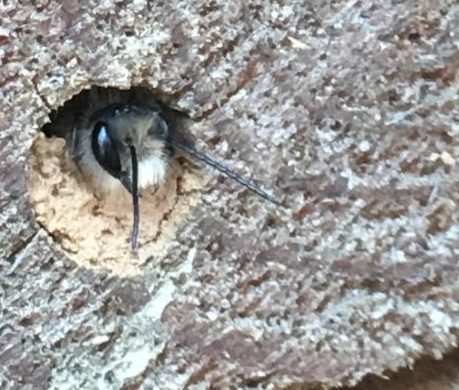Native Bee Cabins
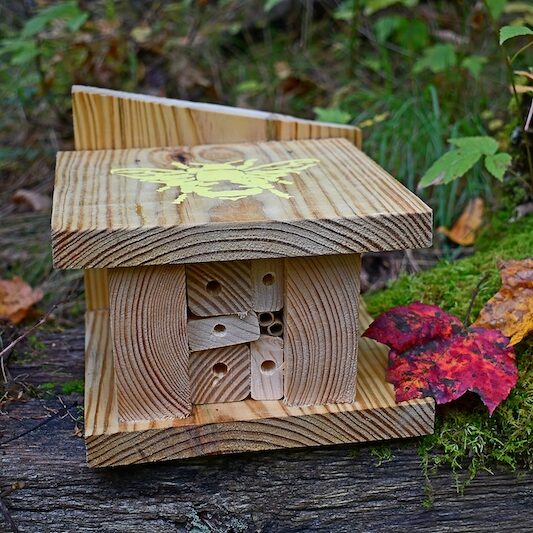
Interested in purchasing a Spriggly's Beescaping native bee cabin online?
Visit our Etsy shop to craft your handmade native bee cabin! Providing homes for native bees can increase yield in your garden or farm by up to 50%.
Interested in a large-scale pollinator exhibit?
Each exhibit is hand-crafted to meet the needs of your space. From school yards, to churches, to breweries, the importance of pollinators is easily tied into any space. Become a part of the solution and use your space as an opportunity to educate and build awareness around pollinators, while adding an exhibit that is attractive, functional, and educational.
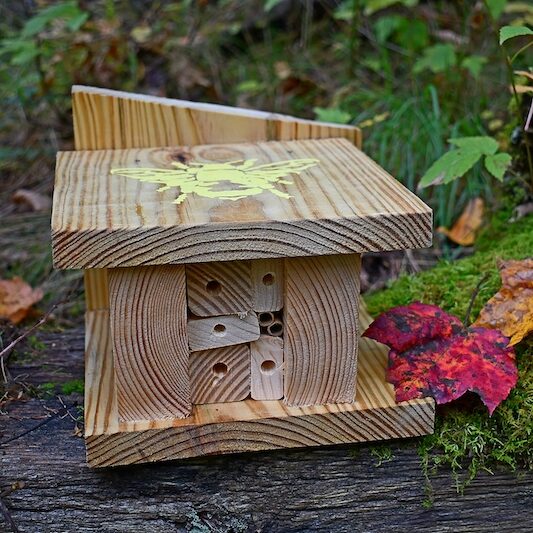
How does a native bee house work?
This low-maintenance solution recreates where certain bee species live in nature, such as tunnels made in dead wood by beetles and other boring insects. Each bee house provides shelter from the elements and pesky predators. In addition, our bee houses provide multiple "homes" for solitary bees in a "neighborhood".
Each female bee selects a "home" and collects a ball of pollen that she will place inside the tunnel and lay an egg upon. She then seals off this egg and continues the process until she fills the tunnel. Our tunnels are designed to promote the proper ratio of female eggs to male eggs.
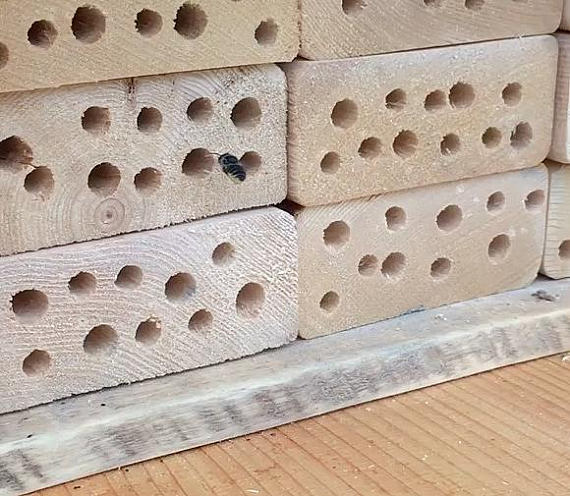
Will I need replacement "homes" for the bees?
The nesting blocks or tubes should be replaced at least every 2 years to prevent the build-up of pests and diseases. Simply replace your old blocks and tubes inside the bee house after your bees have emerged. You can tell this is so if there are holes in the outer seal of the nest. Spriggly's Beescaping offers replacement blocks and tubes.
Where is the best place to put the bee house?
Native bee houses work best when they are facing south/southeast in a place that they receive morning sun on the entrance into the house. Make sure your house is sheltered from harsh winds and has a water source nearby. If there is no water source available, fill a small dish with water and gravel or put a plant nearby that can catch water, such as a cup plant.
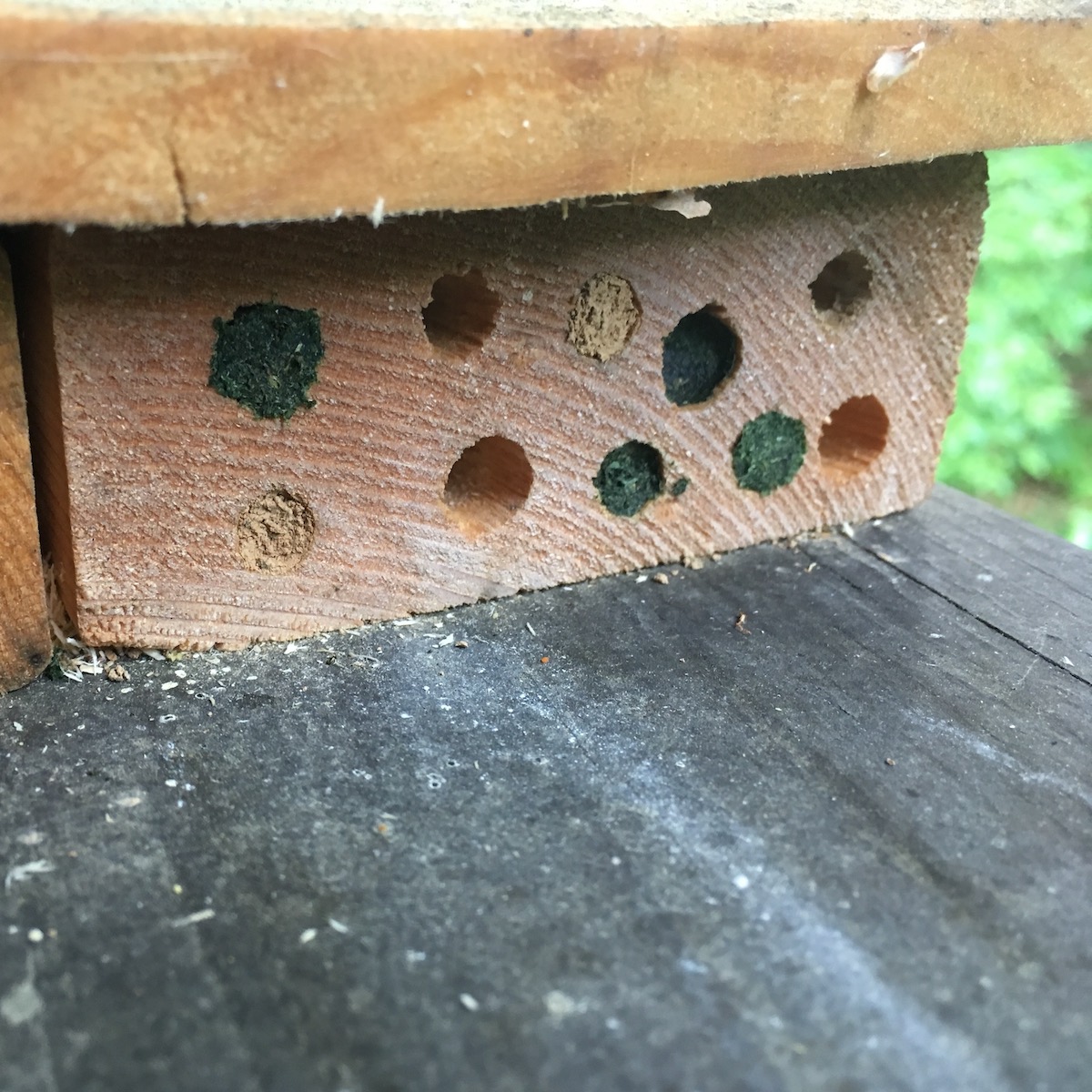
When can I expect bees to build nests?
Different bee species are active at different times of the year. These cabins specifically attract mason bees, which come out in early spring, and leafcutter bees which are the most active during the height of summer. However, you can expect to see residents from early spring into early fall. If you have closed off holes at the end of the fall, leave your cabin outside; the young bees growing inside prefer to overwinter and will re-emerge in the spring and summer.
